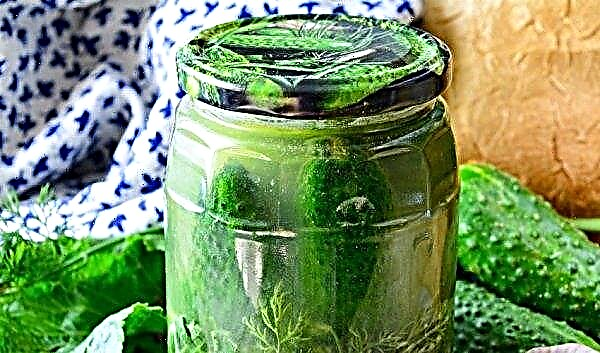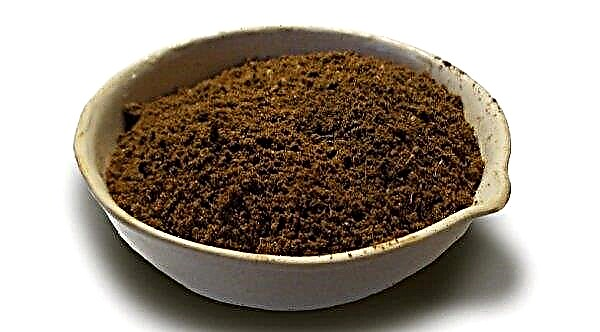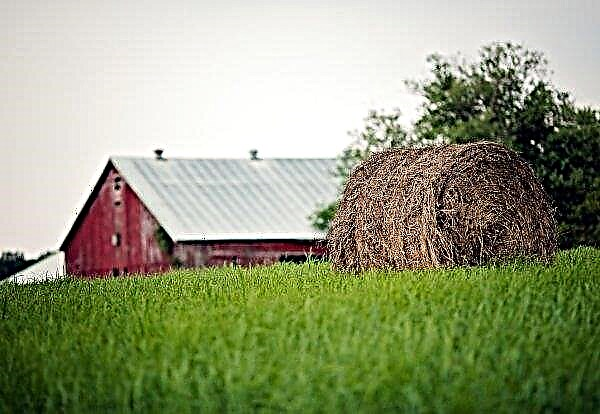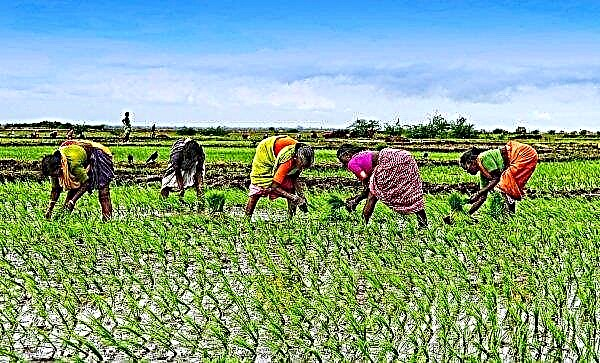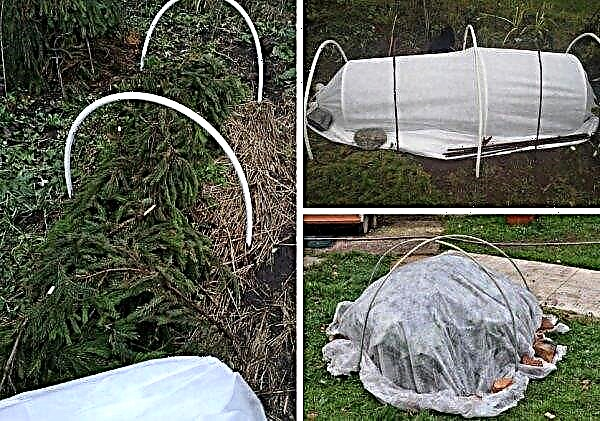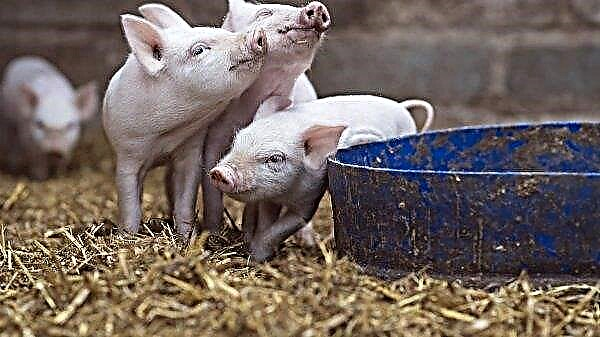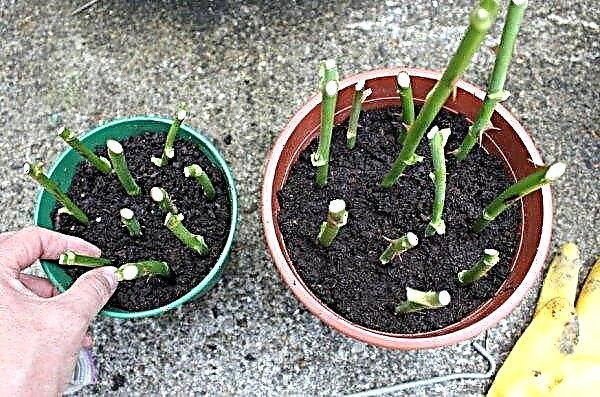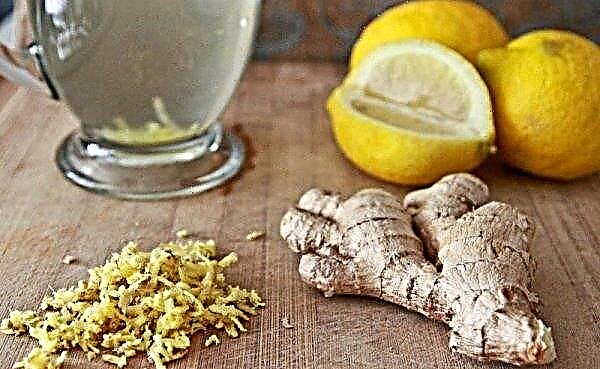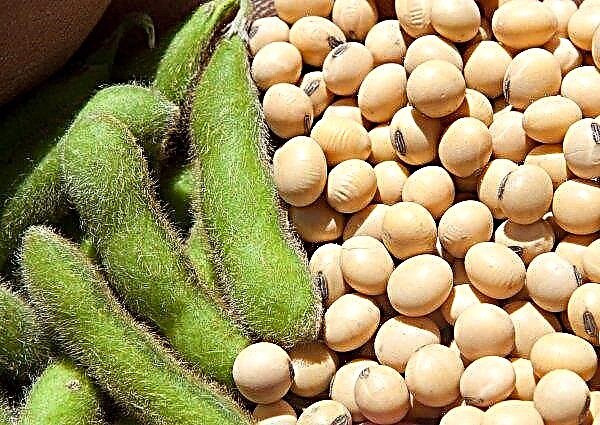Kalanchoe belongs to the succulent plants, known for its healing properties. In terms of care, the plant is relatively unpretentious. How to properly plant it at home, and what microclimate is best for him - read below.
When can I plant a plant
Kalanchoe is planted and transplanted in the spring. Usually this is April-May. With proper care during this period, flowering ends. When propagating Kalanchoe by cuttings, transplantation is required several months after planting. It takes about 2–4 months for the plants to braid with the roots of an earthen lump. In the case of transplanting young plants, they focus not on seasonality, but on the rate of root growth.
The transplant should be carried out annually, because the plants are characterized by a high growth rate. Upon reaching the age of 3-4 years, a transplant can be done every 2 years. When a transplant is not carried out, it is necessary to replace the upper 3-4 cm of soil with a new nutrient, and also periodically fill up the soil when it settles in a pot.
There is also an unscheduled transplant, which is carried out regardless of the time of year. Such actions are carried out a month after the purchase of plants. The fact is that the substrate in which the flower is located is intended only for a short stay in it. If you do not transplant, the plant will die.Did you know? Kalanchoe juice has a paralytic effect on the lanceolate flukes. Helminths after getting juice on their body show a short-term increase in activity, and after 40 minutes they completely freeze and then die.
Preparation for landing
For Kalanchoe, it is better to select plastic containers that were not previously used. There should be a sufficient number of drainage holes at the bottom of the tank. The size of the pot depends entirely on the size of the plant. For example, it is better to transplant a young shoot into a container 2 cm larger in diameter.
If we are talking about adult specimens, then the size of the new pot should be such that the old one comes into it rather tightly. The fact is that the plant will bloom only in a rather tight container. A large capacity will serve as an impetus for the development of the root system and deciduous part to the detriment of flowering. The pot must be sanitized before use.
For this purpose, you can use:
- concentrated manganese solution;
- laundry soap;
- furatsilina solution (1 tablet per 50 ml of boiling water);
- boric acid.
Important! Do not plant plants in wet containers. After disinfecting, rinsing and other handling of liquids, be sure to dry the container in the sun.
Soil for Kalanchoe is prepared by mixing in a ratio of 4: 2: 1:
- peat;
- sod-leaf soil;
- sand.
Soil disinfection is best done with a hot solution of wood ash. He will not only disinfect her, but also nourishes with useful minerals. Prepare it at the rate of 1 tbsp. l ash per 1 liter of water. The mixture needs to be boiled, pour hot into the soil and mix thoroughly. Then the soil is dried, so that by the time of planting it was sufficiently moist, but not sticky to the hands.
For Kalanchoe, drainage should also be prepared. It is best to mix expanded clay with perlite in a ratio of 1: 0.5 and add 20% of the total mass of sphagnum moss. Before use, the mixture is poured with boiling water, then dried and crushed.

Walkthrough for planting Kalanchoe at home
The landing pattern will vary depending on its goals. Kalanchoe can be planted in separate containers or in common containers, for example, when propagated by leaf, apical processes, until a fairly strong root system is formed and the plants grow stronger.
Did you know? The extract and juice from pinnate Kalanchoe are actively used in pharmaceuticals. Antiviral, expectorant and antibacterial drugs are produced from this raw material.
After the purchase
A month after the purchase, if the plant does not bloom, proceed to transplant.
Step by Step Actions:
- A day before the transplant, water the plants.
- In a pre-prepared, treated container, place a drainage layer of 1-2 cm, depending on the size.
- Lay a small amount of nutrient substrate with a layer of 1-3 cm on top of the drainage.
- Remove the plant from the pot along with a lump of earth.
- Shake off the soil which is easily separated. Inspect the root system. If necessary, remove dead, too thin roots. Powder the slices with wood ash mixed in a 1: 1 ratio with Fundazol.
- Place the plant in a new container, align with the root neck - it should be 0.5 cm below the edge of the pot.
- Fill the voids with soil. Seal it lightly in the trunk circle.
- Lightly moisten the surface of the soil from the spray bottle with room temperature water.
- Leave the transplanted plant for 3-5 days in a shaded room. After this time, you can move the plant to a permanent place.

Planting several Kalanchoe in one pot
For a general fit, it is better to take an oblong square tank. Prepared sprouts with already formed small roots are placed at a distance of 5 cm from each other in a row or plant two in a row. When planting 2 plants between pairs, a distance of 10 cm is left.
The procedure is approximately the same as in the previous case. The only difference is that you need to fill the entire pot with soil, and then make indentations in it in sizes suitable for the root system.
After planting, you need to provide plants with greenhouse conditions. For this, the container is covered with transparent polyethylene. This approach promotes faster adaptation of roots to the ground. After 5 days, the shelter can be removed and the pot moved to a permanent place.
Features of care after planting
Kalanchoe normally tolerates a landing / transplant. But after it you need to provide the plant with the most comfortable conditions.
Location and conditions of detention
Kalanchoe should be protected from direct sunlight. It is best to install it on the eastern or western windowsills with plentiful diffused lighting.
The temperature in the summer should be maintained within +20 ... + 28 ° С, in winter - +12 ... + 18 ° С. In the cold season, Kalanchoe begins a period of rest.
The humidity mode is also important. Kalanchoe tolerates overdried air well, but it will develop better if the humidity is maintained within 50-60%. An increase in this threshold leads to the accumulation of fluid in the leaves and stems, which is fraught with decay.
As dust accumulates on the leaves, wipe them with a wet swab. It is better not to shower and spray to avoid stagnation of the fluid in the sinuses.
Watering
Soil moisture should be moderate. Succulents can do without water for a long time, and overflow leads to rotting of the roots. Watering is carried out in the warm season 1 time per week. In winter, watering intensity is reduced. If the air temperature ranges up to + 15 ° C, watering can be carried out once a month, at higher temperatures - 2 times a month.
You will be interested to read about varieties of Kalanchoe and care for them:
Water is introduced along the edge of the pot until it flows out of the drainage holes. Then the liquid is drained. After 15–20 minutes, the pan is checked again for liquid. If it is, drain and wipe the pan dry. Bottom watering is not very effective, because it is impossible to determine the degree of soil moisture.
Water for irrigation should be only at room temperature, settled, without chlorine impurities. To apply moisture to the soil, it is convenient to use a watering can with a long nose.
Fertilizer application period
Top dressing after transplantation can begin to be made no earlier than a month later. The interval between feeding is 20-30 days. The last time fertilizer is applied in September.
The universal fertilizer "Stimovit for cacti and succulents" proved to be quite good. It is used for faster rooting of cuttings, when transplanting weakened plants. Throughout the entire growing season, make the drug as root dressing.
In water, it is diluted in a proportion of 1:40 (25 ml / 1 l). A preparation based on biohumus was made, it is completely natural, without various additives, contains the whole complex of minerals that succulents need.
Important! When choosing fertilizers, be sure to read their composition. Large amounts of nitrogen are contraindicated in Kalanchoe - their optimal ratio to the total volume of other micro and macro elements — 7–10%.
For fertilizing, you can use fertilizers prepared on your own. For example, a good option using banana skins. They are dried in the oven at a temperature of + 100 ° C, and then rubbed into powder. It is used in dry form, applying 1 hour of powder to each plant, planting it in the soil.
You can also use compost in combination with wood ash. For 100 g of compost add 1 tbsp. ashes. All this mix well. For one plant, spend 1 tbsp. composition.
All 3 described options can be applied alternately, with an interval of 20 days.
Common floriculturist errors during planting
The main mistakes of flower growers during planting are as follows:
- neglect of the rules of disinfection of soil and pots;
- the use of universal substrates - you can use them, but at the same time add nutrient disintegrating substances (peat, sand, leafy humus or compost) to the composition;
- carrying out transplantation manipulations immediately after purchase, preventing the plant from adapting to new conditions;
- strong waterlogging of the soil intended for planting.

